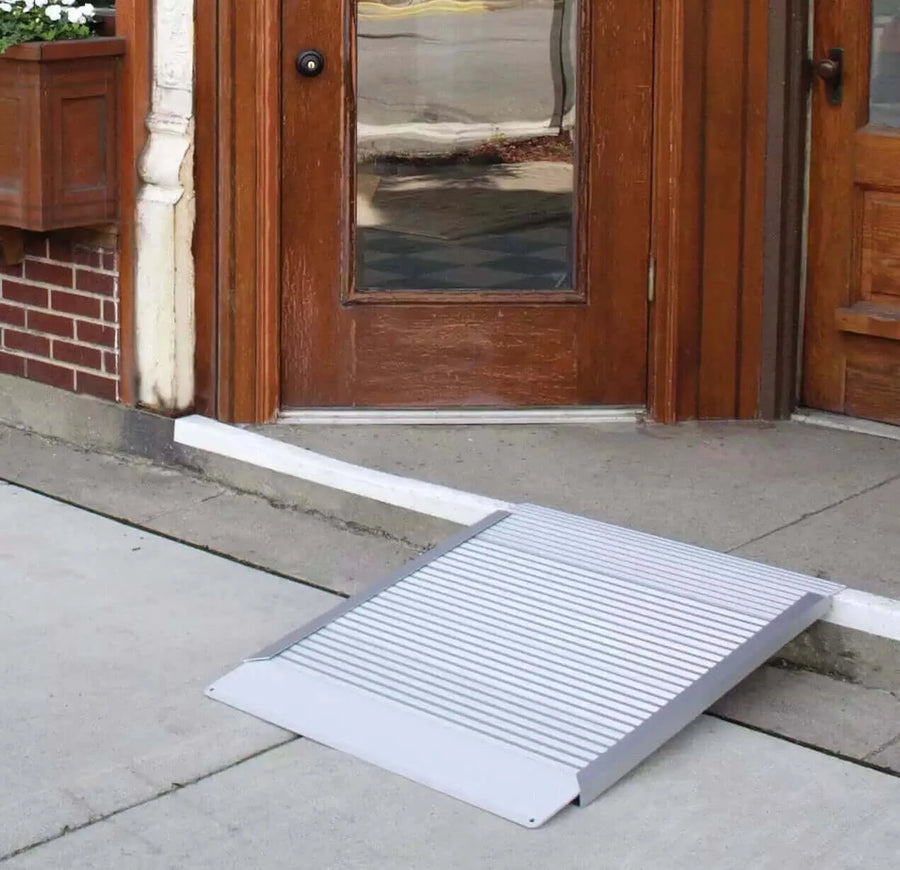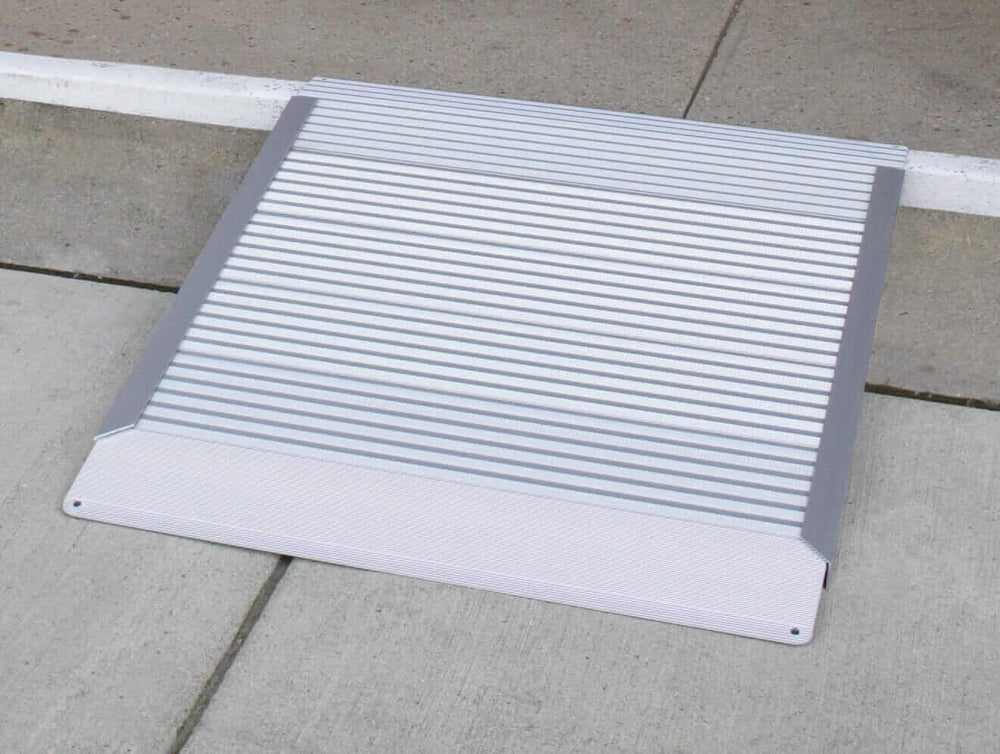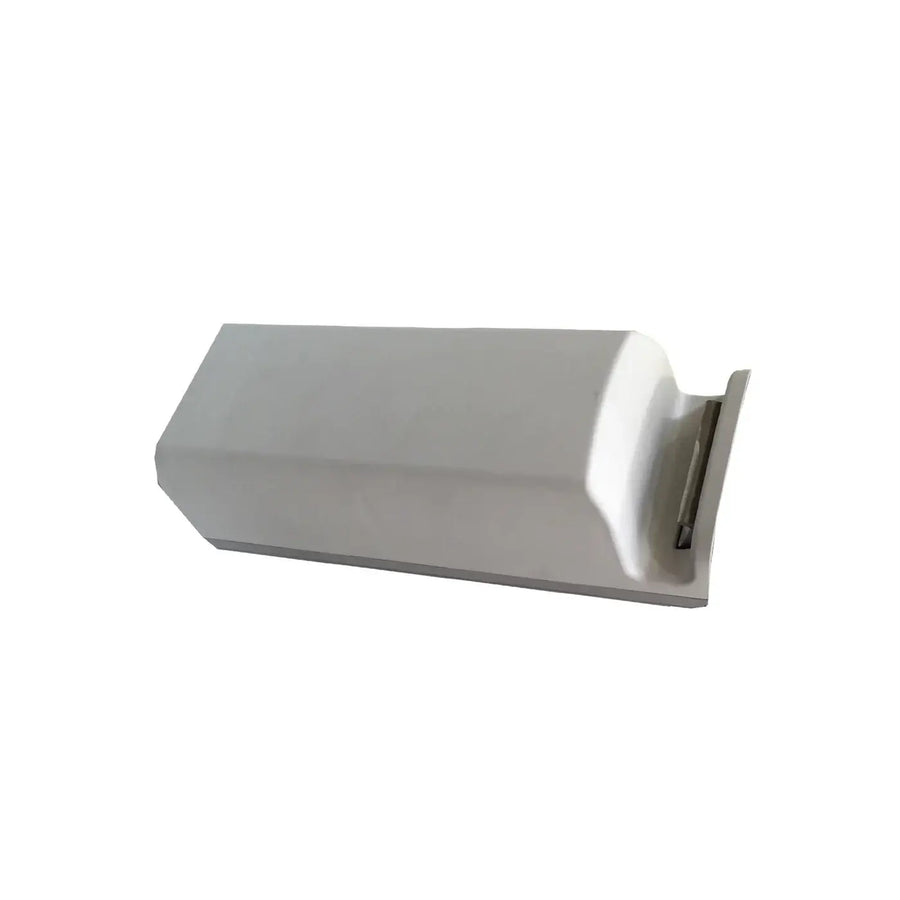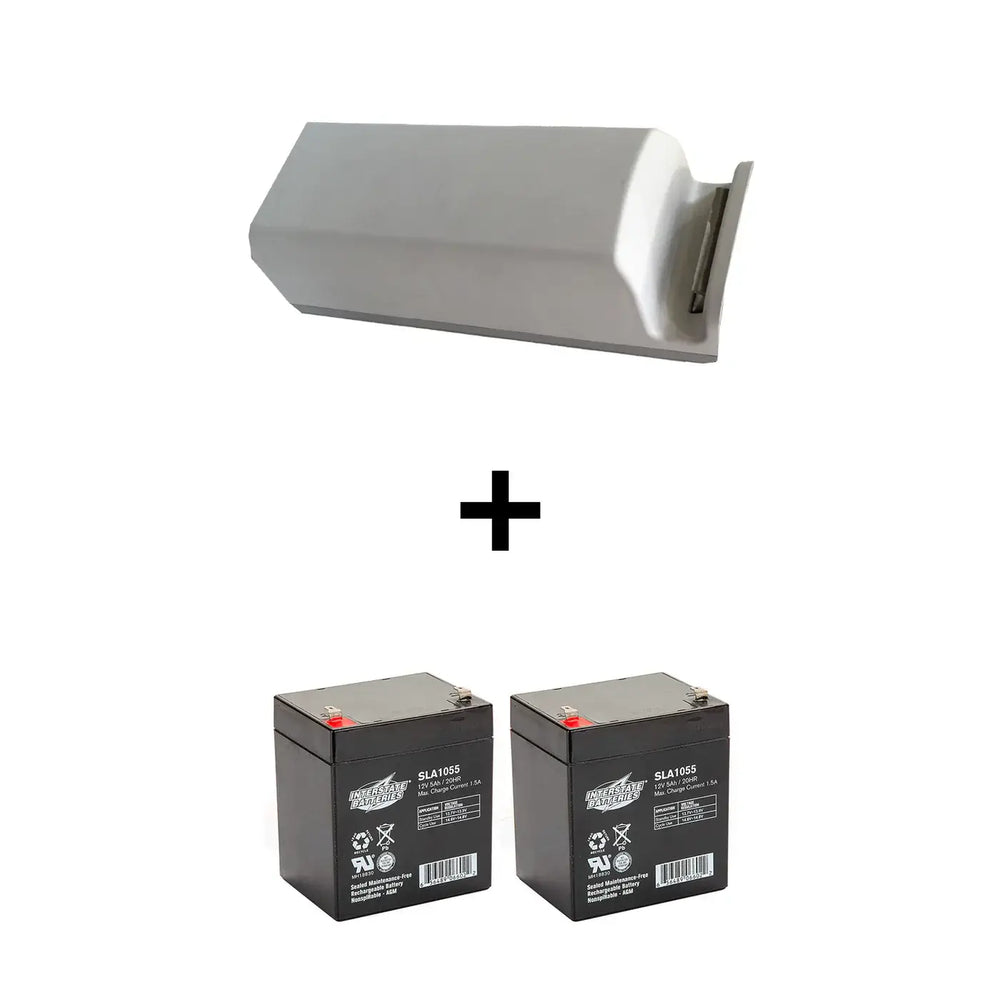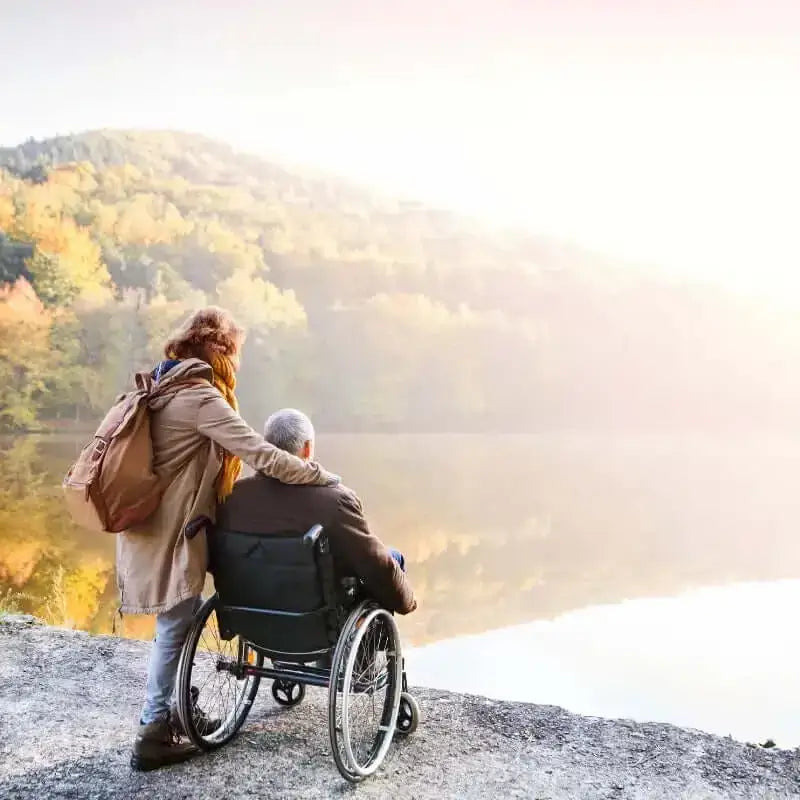Can You Fall Out of a Hoyer Lift?
Did you know that accidents involving a Hoyer lift can occur in up to 20% of transfers if safety protocols aren't followed? This statistic underscores the importance of understanding the risks associated with these devices. Many factors can lead to falls, from improper sling positioning to caregiver inexperience. What can you do to minimize these risks and guarantee safety during transfers? Let's explore the critical aspects of Hoyer lift usage.

Understanding Hoyer Lifts and Their Purpose
Hoyer lifts, often called patient lifts, are vital tools in healthcare settings, designed to safely transfer individuals with limited mobility. You might encounter these devices in hospitals, nursing homes, or even at home, where caregivers assist loved ones. They help lift patients from beds to wheelchairs or other surfaces without straining the caregiver's back or risking injury to the patient.
Built with a sturdy frame and a sling, Hoyer lifts distribute weight evenly, guaranteeing a secure lift. You'll find controls that allow for smooth movement, making it easier to maneuver the patient into position.
It's important to verify the sling is properly fitted and that the lift is stable before use. Understanding how to operate a Hoyer lift can greatly enhance safety and comfort for both you and the individual being transferred, allowing for a more dignified experience during what can often be a challenging process.
Common Causes of Accidents With Hoyer Lifts
Accidents with Hoyer lifts can often arise from a few common mistakes. One major issue is improper positioning of the sling. If the sling isn't correctly placed under the individual, it can lead to slips or falls during the lift.
Another frequent problem is failing to secure the straps properly. Loose or incorrectly fastened straps can easily give way, causing instability. Additionally, neglecting to check the weight limits of the lift can result in accidents; exceeding these limits can compromise the lift's safety features.
You should also be cautious about the surface beneath the lift. Uneven or slippery floors can increase the risk of tipping over.
Finally, distractions during the lifting process can lead to careless mistakes. Always stay focused and make sure you've got everything in order before lifting.
The Importance of Proper Training for Caregivers
Proper training for caregivers is essential in ensuring the safe use of Hoyer lifts. When you're adequately trained, you'll understand how to operate the lift effectively, minimizing risks for both you and the person you're assisting.
You'll learn how to position the sling correctly and how to adjust the lift's settings based on individual needs. Without proper training, you might overlook critical safety protocols, leading to accidents or injuries.
Familiarizing yourself with the equipment's features and functions is important. It's not just about lifting; it's about maintaining stability and support throughout the process.
Additionally, training helps you communicate effectively with the person being lifted, ensuring they feel secure and confident. You'll also be more prepared to handle unexpected situations, like equipment malfunctions.
Ultimately, investing time in proper training empowers you to provide safer, more reliable care.
Key Safety Features of Hoyer Lifts
When it comes to ensuring safety during transfers, several key features of Hoyer lifts play an essential role in preventing falls and injuries. One major feature is the wide base, which provides stability and prevents tipping.
You'll also find adjustable legs that can fit under various types of beds and chairs, ensuring a secure transfer point.
Another critical component is the padded sling, designed for comfort and support. It cradles the user, reducing the risk of slipping during the lift.
Additionally, a reliable locking mechanism on the wheels helps keep the lift stationary while you're transferring, enhancing overall safety.
Lastly, emergency stop buttons and manual overrides offer peace of mind in case of any malfunction.
Best Practices for Using a Hoyer Lift Safely
Using a Hoyer lift safely requires careful attention to detail and adherence to best practices. By following these guidelines, you can guarantee a secure lifting process for both you and the patient.
-
Check Equipment: Before each use, inspect the Hoyer lift for any damage or wear.
Confirm the straps, slings, and wheels are in good condition and functioning properly.
-
Positioning: Always position the lift directly under the patient, making sure they're centered in the sling.
This helps distribute weight evenly and minimizes the risk of slipping.
-
Secure Straps: Make sure all straps are securely fastened before lifting.
Double-check that the sling is snug but not too tight, providing comfort and security for the patient.
Assessing Patient Stability and Comfort
To guarantee a safe lift, you must assess the patient's stability and comfort before beginning the transfer.
Start by checking their positioning in the sling. Confirm their back is well supported, and their limbs are comfortably placed. Look for any signs of anxiety or discomfort on their face; these can indicate that they're not completely at ease.
You should also communicate with the patient throughout the process. Ask them how they're feeling and if they're ready for the transfer. If they seem uneasy, take a moment to reassure them or adjust their position.
Confirm that the weight distribution in the sling is even, as this contributes to the patient's stability.
Finally, consider any medical conditions or mobility issues the patient may have. This assessment not only enhances their comfort but also reduces the risk of accidents during the lift.
Always prioritize their well-being.
The Role of Maintenance in Preventing Accidents
While regular maintenance might seem like a chore, it plays an essential role in preventing accidents with Hoyer lifts. Neglecting this responsibility can lead to malfunctioning equipment, putting both you and your patients at risk.
To guarantee safety, you should focus on the following key maintenance tasks:
-
Inspect the Lift: Regularly check the lift for any signs of wear or damage, including the straps and control mechanisms.
-
Test the Battery: Verify the battery is fully charged and functioning properly, as a failure can jeopardize the lift's operation.
-
Lubricate Moving Parts: Proper lubrication of joints and wheels keeps the lift operating smoothly, reducing the chance of sudden stops or jerks during use.
Emergency Procedures in Case of a Fall
In the event of a fall from a Hoyer lift, it's crucial to act quickly and calmly to guarantee the safety of the individual involved.
First, verify the area is safe and clear of hazards. Check the person for any visible injuries, and avoid moving them unless absolutely necessary. If they're injured, call for emergency medical assistance immediately.
Next, reassure the individual, letting them know help is on the way. If they're alert and responsive, encourage them to remain still until help arrives.
If there's no serious injury and they're able, you can assist them back into the lift or onto a stable surface, using proper lifting techniques to avoid injury to yourself.
Once the situation is under control, document the incident, noting what happened and the steps you took. This information can be crucial for future safety measures and staff training.
Real-Life Experiences and Lessons Learned
Many caregivers have shared their experiences with Hoyer lifts, highlighting both the importance of proper training and the need for vigilance. You might find that these stories can help you navigate the challenges of using a Hoyer lift effectively.
-
Training is Essential: Caregivers who've taken the time to learn proper techniques often report fewer incidents. You can't underestimate the value of knowing how to operate the lift safely.
-
Communication Matters: Many caregivers emphasize the need for clear communication with the person being lifted. This helps in ensuring comfort and safety, reducing anxiety for both parties.
-
Regular Equipment Checks: Some caregivers stress the importance of checking the lift's functionality before each use. A well-maintained lift can prevent unexpected malfunctions and potential accidents.


